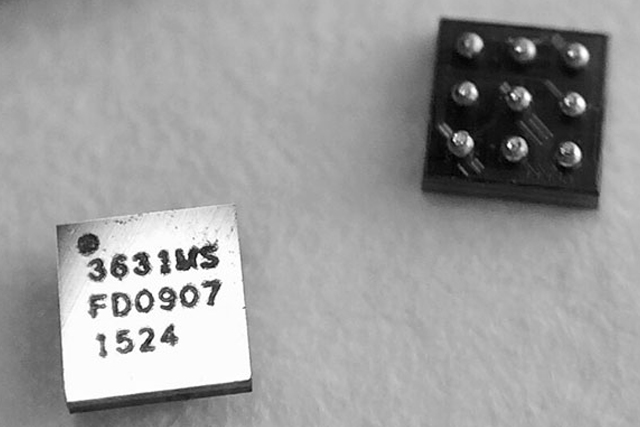
The HTC Vive’s tracking system works by sensors on the headset and controllers detecting laser pulses and sweeps from the Lighthouse base stations mounted on the wall. Combined with a computational chip built into each sensor, they let the system generate an accurate interpretation of where the user is in the real world and translate that into the game.
It’s accurate and efficient, but Valve and its partners can do better. The new version of the chip that helps translate all of that data is far simpler, cheaper, and more efficient, too. The TS3633 integrated circuit – created by Triad Semiconductors in partnership with Valve – has just nine components, versus the 41 in the original chip’s design.
These chips are used as part of every sensor on the Vive and its controllers, and reducing the components in the chip by that much equates to around 2,560 less components across the entire headset, according to RoadtoVR. That’s a big savings in cost and complexity, which should make the headset more reliable in some cases.
While that’s all well and good for those who don’t have a VR headset yet, those who do have headsets and are willing and able to pay for another in the future, want to know about performance. You’ll be pleased to know that the TS3633 improves that, too.
Longer range detection sensitivity has been improved, along with an improvement in the detection of pulse width — which should improve accuracy. We’re also told by Triad’s vice president of marketing & sales, Reid Wender, that these new sensors will reduce that part of the headset’s power draw by 50-70 percent. That’s great for those trying to build low-power VR systems, but is even more important if we consider that a second-generation Vive is likely to be completely wireless.



